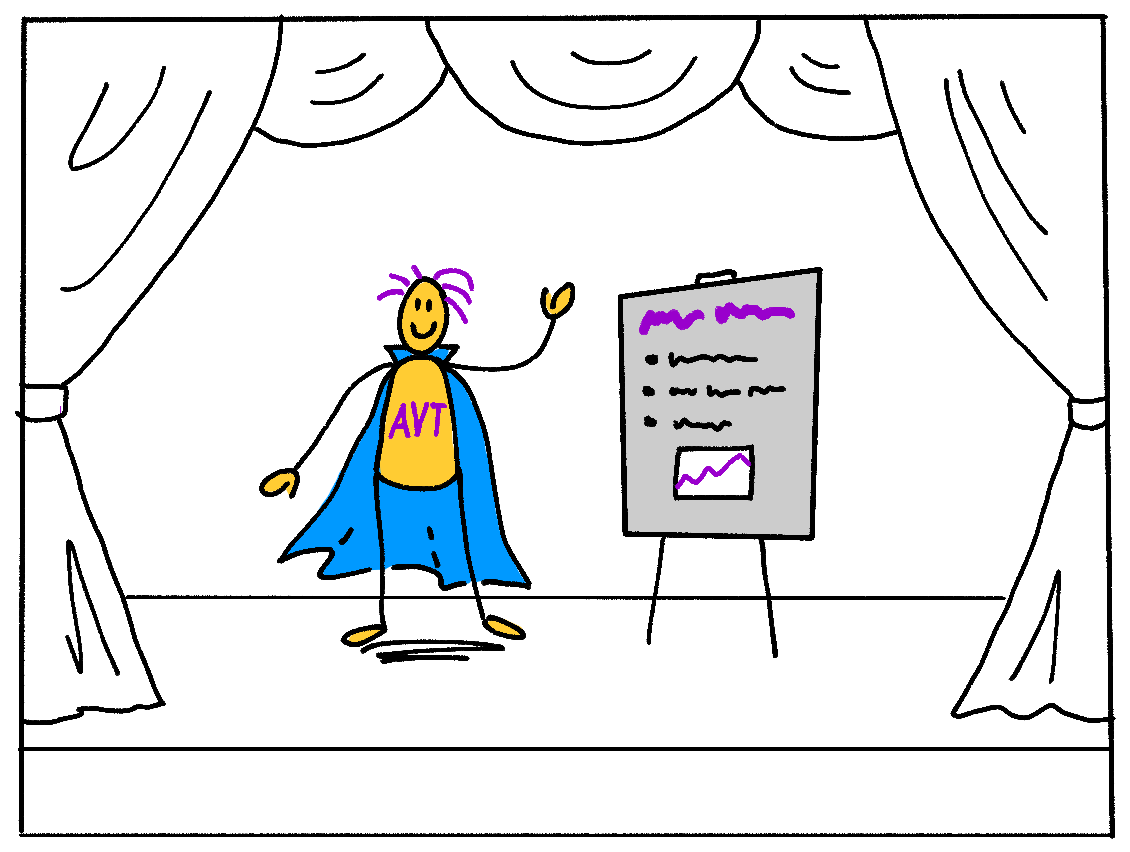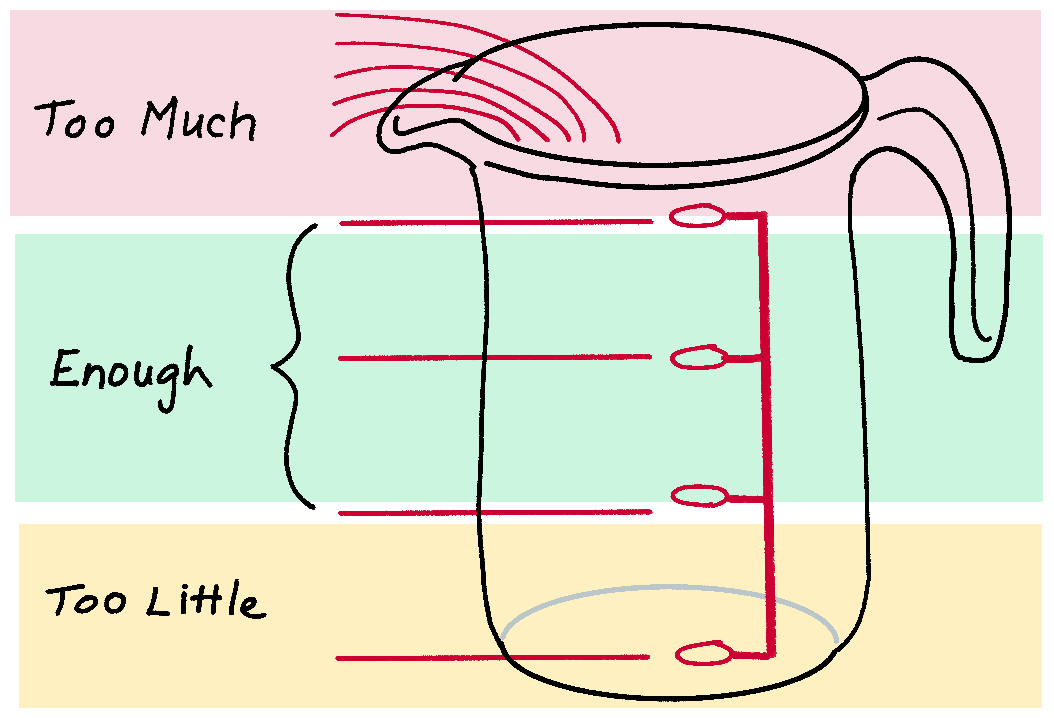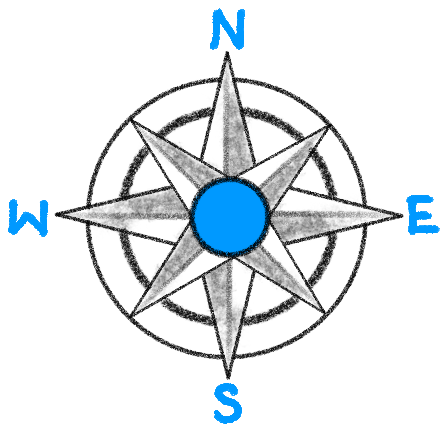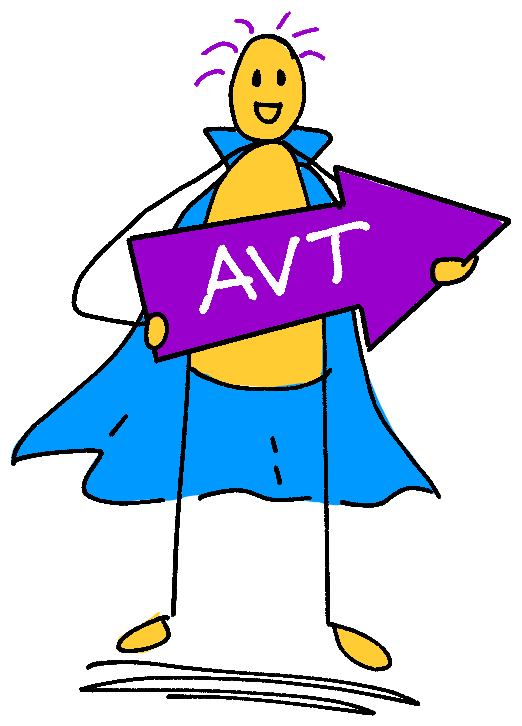Multi-Modal Self-Care: Breaking the negativity loop
The Art of Applied Visual Thinking
Multi-Modal Self-Care: Breaking the negativity loop
In our last newsletter, we described how discipline IS self-care and introduced a visual thinking exercise that helps clarify that mind-shift. Of course we want to do the thing that will nourish us, right? What if you understand and agree, but still struggle to care for yourself through some kind of regular practice? Trust me, you are not alone.
In this newsletter, we’ll layer on some practices to gently shake loose those pesky, hard-to-name blockages that might be getting in your way. This multi-modal approach employs multiple modes of engagement (body + mind + senses) rather than relying solely on mental/cognitive approaches.
Neuroscience tells us that our brains have a “negativity bias,” meaning the default reaction to anything new or challenging tends to be to notice all the things that aren’t ideal or that could go wrong. This protective mechanism keeps us on high alert, which can be useful when we are under actual threat, like there is an escaped jaguar in our neighborhood, but not when we just want to be calm enough to diagram our team’s inventory process.
Those negative beliefs are not just situated in our brains, but actually reside in our bodies as well. There is a reason why we use terms like “a gut-wrenching loss” or “with a heavy heart.”
We at AVT have long been proponents of the idea that if you can visualize something, you can make it happen. Here is a diagram of what’s actually going on in the body. When you perceive a threat, such as the boss asking you to give a last-minute presentation, your sympathetic nerves send signals from the spine to parts of the body that have been conditioned to react to similar stressors. Maybe your gut clenches or your heart races.

That physical reaction prompts signals to travel back to the brain, which might start repeating negative messages like, “I’m not good at public speaking,” “What if I embarrass myself?,” or “My diagrams aren’t ready for prime time yet!”. Whoosh. The signal returns to the gut and it clenches tighter.
Try This: Picture what you want instead!
You may or may not be able to identify what specific limiting beliefs might be getting in your way, but you probably CAN express what you DO want. Maybe you want to be able to give presentations with confidence and ease? Is there a habit you’d like to start? What routine would you love to feel you can keep with ease?
- Take a moment to reflect. What is it you’d like to make part of your routine?
- Imagine the negative feelings or messages that have been getting in the way no longer exist. Do a quick sketch to represent what you will be doing or what the positive outcomes will be when you surpass the hurdles.
- Keep this sketch where you can revisit it often. Imagine what it will feel like when you get to this place of ease.

5 Multi-Modal Steps to Get Started
While the sympathetic nervous system is the one that sends us into "fight or flight" mode, the parasympathetic is the one that can calm us down. The vegus nerve is in charge, sending calming signals from the brain to the organs when stimulated. Here are a handful of ways to break the unhelpful cycle of limiting beliefs, activate your vegus nerve and outnumber the negative messages with positive ones. Let’s add some movement and sound to the visual superpowers you already possess, and get you pumped and ready to make some visuals.
Try This:
- Sound massage. Hum to yourself or make a "vooo" sound. Let the sound vibrate and massage your throat and chest.
- Movement. Tap or thump parts of your body from head to toe with your fingertips, especially the head and upper chest and collar bone area. March in place, crossing the knees and arms in front of the body.
- Materials prep. Choose and lay out the materials you will use with care. Select colors that nourish your creativity.
- Breathe. Take 3 deep breaths.
- Drawing warm-up. Stand at a large piece of paper and fill the page drawing lines, circles and basic shapes.
The next time your are feeling stuck in negative bias and want to practice self-care, take a moment to picture what you want and try one or more of the 5 simple, multi-modal steps above to get your ink, mind/body/hand connection and ideas flowing.
Keep These Tools Close
The beauty of these multi-modal practices is that they work precisely when your thinking brain is least reliable—when negativity bias has you in its grip. You don't need to remember complex steps or have perfect conditions. Just remember this: when you notice that familiar clench in your gut or heaviness in your chest, that's your cue. Pick one mode—sound, movement, physical preparation, breath, or drawing—and engage your body for just 60 seconds. The act of doing breaks the mental loop. Keep a simple sketch somewhere visible as your reminder of what ease feels like, or set a daily alarm to practice one technique. The more you use these tools when you're calm, the more naturally they'll come to you when you need them most. Your body already knows how to do this; you're just giving it permission to lead.











